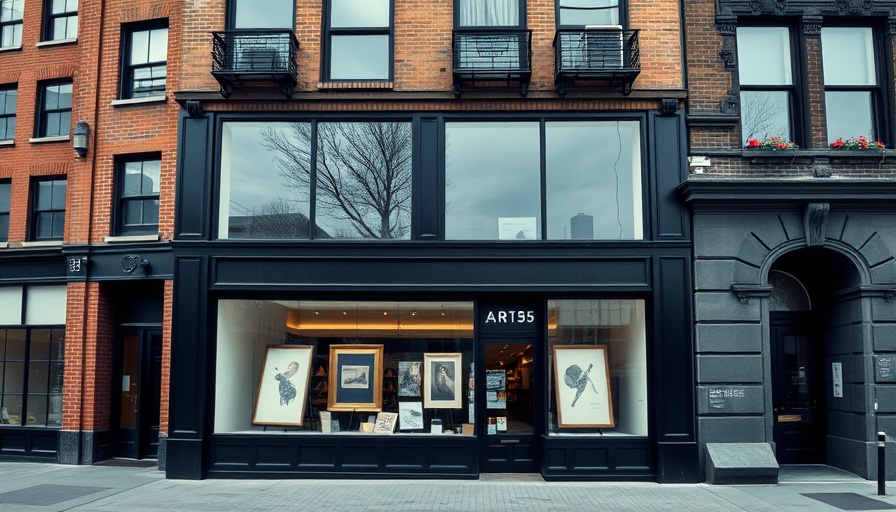
From Harlesden to Mayfair: A Bold Collaboration
The vibrant world of contemporary art has never shied away from breaking boundaries, and the recent pop-up exhibit by Harlesden High Street in Mayfair truly exemplifies this spirit. Occupying a new space among the designer boutiques and luxury estates, this unique collaboration isn’t just a physical display of art, but a bold statement about accessibility and community connections. Led by gallery founder Jonny Tanna, the initiative showcases the gallery’s commitment to amplifying voices from marginalized backgrounds, promoting artists of color, and making art accessible to a broader audience.
Quality vs. Commercialization
In an industry often dictated by commercial viability, Jonny Tanna expresses a refreshing perspective—balancing quality with accessibility. With Harlesden High Street only hosting a few selling shows a year, this partnership with the prestigious German gallery Setareh during Frieze Week represents a strategic move rather than a full relocation. “It's not about suddenly becoming a Mayfair gallery,” Tanna asserts. His goal is to maintain quality without succumbing to the pressures of commercial shows that, over time, could undermine the integrity of the art presented. This move allows Harlesden High Street to explore a mainstream yet supportive setting, all while staying true to its roots.
A Space to Foster Community Engagement
Art serves as a communal experience, and Tanna's approach fosters a greater connection to the local audience. His established philosophy emphasizes showing work that resonates with the surrounding community. He notes, “If we started showing a bunch of rich white kids, it would be alien to the people around here.” This perspective places a distinct responsibility on galleries: to represent the diverse fabric of society authentically. Tanna aims to challenge conventional gallery norms by integrating community-focused programming that invites participation, dialogue, and collaboration from local residents.
Highlighting Emerging Talents
The “Forces of Nature” exhibit highlights two talented London-based artists, Abbas Zahedi and Jamiu Agboke, who engage in profound explorations of identity, memory, and migration through their respective arts. Zahedi's innovative installations encourage interaction, while Agboke's reflective paintings evoke a sense of place that speaks to both Nigerian and British landscapes. This celebration of unique viewpoints illustrates the stories that often go untold, reinforcing Harlesden High Street’s mission of bringing underrepresented artists to the forefront.
What Lies Ahead? Opportunities for Artistic Growth
Looking forward, this new venture poses intriguing questions about the future of galleries like Harlesden High Street in the contemporary art landscape. As art evolves, so too must the spaces that showcase it. The dual existence in Mayfair allows Tanna to test the waters of commercialization while ensuring the mission of inclusivity and support for artists of color remains at the heart of his endeavors. Could this approach redefine how small galleries operate amid increasingly competitive markets? Only time will tell, but the potential for positive change feels palpable.
For Philadelphia's art enthusiasts, the values exhibited through Harlesden High Street shine a light on what community-focused art can achieve. By prioritizing accessibility and authenticity over traditional commercial expectations, galleries like Harlesden High Street remind us that art is not just for the elite but for everyone. It's an exciting time to engage with the transformative power of art in our communities.
 Add Row
Add Row  Add
Add 




Write A Comment